Human Physiology in Space #1 - Introduction & Effects on the Muscular System
These are going to be a series about the physiology of the human body on different organ systems. In each different post we will go through their basic principles of physiology, and then on the effects in an astronaut (or Russian cosmonaut) that are in zero gravity or microgravity.
We will start with the Environment, Conditions & also the Effects on the musculoskeletal system
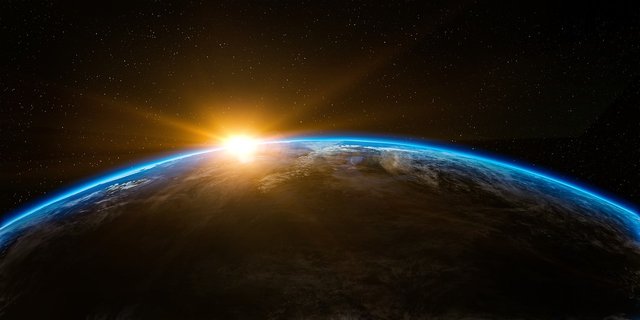
(1)
We need to first think about the conditions in which our space travellers are going to be subjected at. It is important to have a relevant picture of what is going on! For that, we are going to assume our space travelers are either in the ISS or in a static spaceship (for simplification's sake!).
Gravity
All of the organisms in Earth have been evolved around the concept of gravity, which in Earth is of around 1G (g-force). In more normal terms, everything falls down. We expect certain patterns of behaviour of objects and organ systems.
Why would be that important?
Well, it has been proven that gravity is detected and felt from the cells themselves! From there, is felt from the Nervous System of the organism (our Space warriors!).

(2) Is he standing in the air? Holding his weight on 1 arm? You cannot tell!
As you can imagine, this gravitational force affects us more when we are upright than when we are laying down, as it cannot be spread along all the body.
This effect is what allows us to determine our position respect to the environment around us. In space however, doesn't matter if you are laying down or standing in the middle of the room, because there are not any forces that help you find your position other than how much are your muscles stretched.
Radiation Hazard
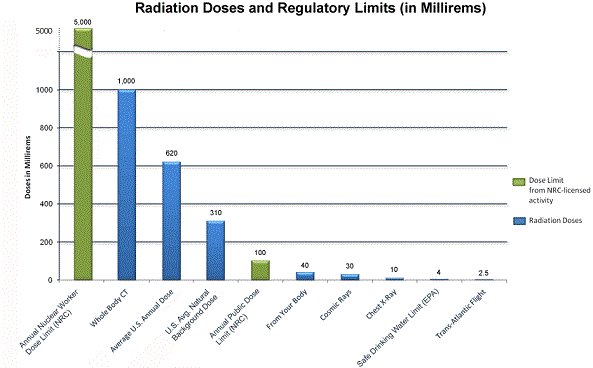
(3) Regulatory Doses & Limits. You can see the average background radiation is 310 mrem! (or 3.1 mSievert)
Radiation is measured practically in Sieverts (which is dosage of 1J/Kg). However, it is counted in mSv because the dosages are very low even on higher exposures.
This is a problem once we leave the protective ozone layer of our planet. That means, you won't be protected unless you wear one of those fancy space suits. Or you get covered by being inside your spaceship.
There are studies on different Radiation Shield Designs, but bottomline is: The more protection (and the more efficient), the better. Unless you want to become fried human or get malignancies due to accumulated DNA damage of course!
That is why you will find that Astronauts have higher limits on the dosage of radiation they can receive per year.
Isolation

(4)
Our space enthusiasts are going to have problems with their psychological behavior. The small crew will only have contact with themselves only in a tiny amount of space (be it a space ship or the ISS).
This can lead to less effective work, problems with sleep, problems with their circadian rhythm, bad moods, depression, and problems that can arise from all of their combination! However, it can be discussed in later posts.
Also, isolation brings another problem. The posibility to keep the space travellers full of their favourite foods, materials and needs. As we have seen countless of times, supplies have to be carefully planned as getting stuff into space is not actually cheap.
The Muscular System
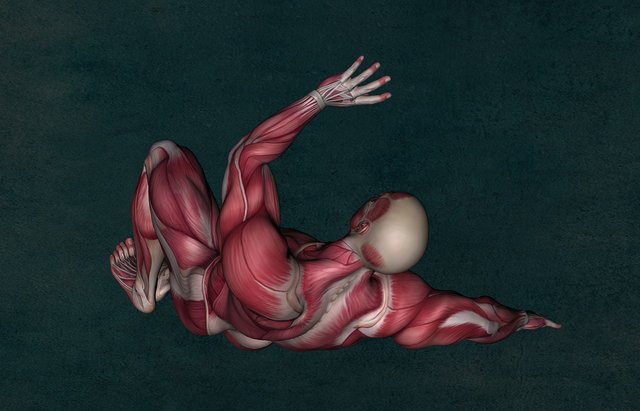
(5)
After a basic introduction, we can go further deep into how our muscular system works and then on how would it be affected when thrown into space!
Muscles are really large reservoirs of AminoAcids, the main building blocks for proteins. These in some conditions can be used, by either produce some workload or by our body in pathological states like in starvation or when we fall sick. This means, the amount of muscle in our body is not constant and it depends on different variables such as:
- Dietary intake
- Muscular activity on a daily basis
- How healthy the individual is
- Mental state. The better it is, the better the health of the tissue
In optimal conditions there is rapid growth of the cells in size (hypertrophy), which will be caused by constant or higher workload. This will lead to the development of greater tension and hence overall contraction.
But how do the cells do it?

(6) Scheme of the Muscle Fibres
They feel there is more movement of the muscle fibres and act to increase their protein intake to produce more fibres via protein synthesis.
However, at one point, these processes will also lead to a replication of the nuclear DNA, as the cell can only grow until a certain point. After that point, they grow as well in number, called hyperplasia. This also cause that non-muscular cells grow as well, for protection and reparation of any damage that could be caused in the muscle (plus for their nourishment from blood!)
So, cool, you keep a good diet, you keep stimulating your muscles with added workload ("exercise" for the rest of the world :P). But one day you decide to stop. Because you may have a job. Because you may be sitting 10h a day in front of a desk without almost no movement.
At one point, the muscle cells don't feel the need to keep their growth and start to go back to their previous state of less size and number. So they basically do the same procedure the opposite way, called hypoplasia.
But what happens now in Outer Space?

(7)
After we get you into a space ship, everything will seem straight-forward.
"Cool, no gravity!" but that will be your worst enemy.
When the human body gets thrown into zero or microgravity, some problems occur. When you are on Earth, the muscles are constantly working for you. Running, walking, moving objects... but also keeping balance, keeping the posture, and trying to keep you standing on 2 feet! Try to not use any muscle at all and you will understand how are they necessary for even the most basic things.
By removing gravity, the muscles don't have any force to work against, as you don't even need to maintain your posture. This makes them enter a permanent state of hypoplasia. But the reaction is so strong, it can lead to atrophy (or wasting away of the tissue). And this is the permanent loss of muscle.
Methods of Atrophy
Atrophy only happens pathologically, which makes it a bit more complicated. It is due usually by loss of oranelles, cytoplasm & proteins. However, it is regulated!
There are some 2 different methods the muscle can use for achieving atrophy: Ubiquitin-Proteasome System & the Autophagy-Lysosome system
A) Ubiquitin-Proteasome System
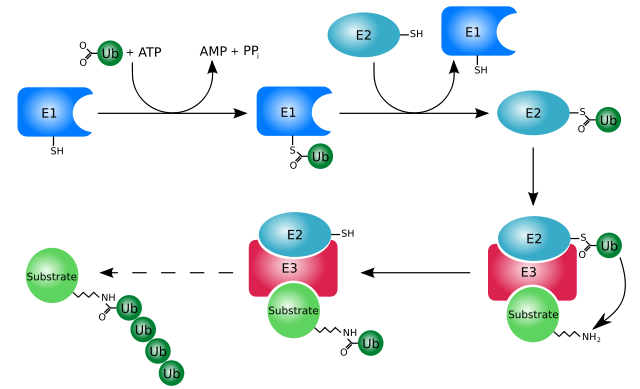
(8) Scheme of the Ubiquitination process
This process of destroying proteins, first by marking them with a protein called ubiquitin. By following the scheme on the left should be simple.
First, the E1 enzyme use ATP for energy and activate ubiquitin to attach it to itself and then use the Enzyme E2 as a substract to attach it to E2. Now E2 is who has ubiquitin.
Finally, Enzyme E3 binds the actin and/or myosin the myocyte wants to get rid off and then to the E2 so it can give the ubiquitin to the protein.
Now our protein is marked for wasting by having an ubiquitin attached to it. But sometimes the enzymes attach more of them "just in case", as not to get them confused with the enzymes that are doing the work!
After all that (phew!), the marked proteins are sent to the proteasome, a structure that degradates proteins to their basic components: aminoacids.
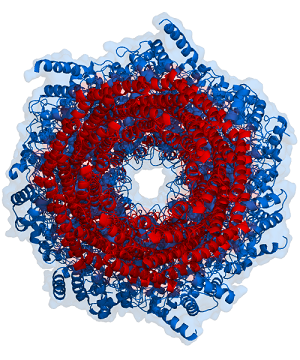
(9) The wasting proteasome on top proteic view
B) Autophagy-Lyosome System
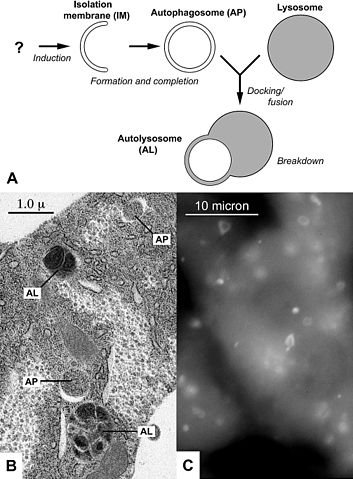
(10) Autophagy process with electron microscope images
This basically the non-specific method of protein destruction.
First, a new lipidic membrane is formed. It will be closed with the contents to digest (proteins) inside. Then, it will fuse with one of the digestive lysosomes that the cell has and it is going to digest the contents. It is like "eating" for cells, but using their own components.
Even though the signalling can be very complicated, it is known that histone deacetylases (HDACs) control the amount of autophagy by inducing expression of genes which cause autophagy.
Finally, even though not that important for us, myogenin can help in the atrophy process, by so far it is only known to modulate it after denervation
Counter-attack against our own (patho)physiology
Of course, astroauts are going to suffer these problems. But there are ways to prevent it or at least minimize it!
The first and most obvious is to reduce the time in space. Usually NASA missions last for 7 months (215 days). However, there can be cases that in the expeditions astronauts have to stay longer.
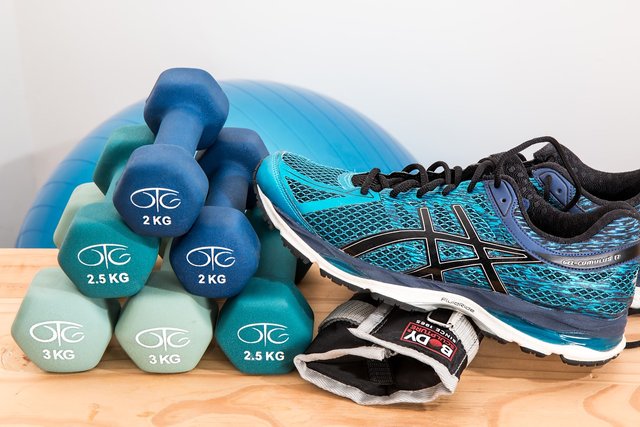
(11) Unfortunately you have to see normal gym equipment!
However, that is not enough. We need to keep our space adventurers exercising.
This may be more difficult than you may think, because remember there is no gravity! So we have to eliminate the typical gym equipment.
But there is a workaround, we could still simulate weight carrying in space by using vacuum cylinders with pistons in an adjustable fashion.
These are called Advanced Resistive Exercise Devices (ARED).
There are other types which just strap you with "giant rubber bands" to the machine to simulate gravity as well.
Unfortunately I cannot show you any pictures as I am not sure of their copyright. So you should take a look at them because the workarounds are really clever!
Closing
Thanks for making it to the end if you did!
I hope it was as interesting for you to read as it was for me to make. I will continue the series on how zero gravity affects the different body systems, because it is seriously, very cool!
Anyway, this is @deholt
Signing off!
Sources
- Human physiology in Space - by J. Vernikos at PubMed
- Gravity, Who needs it - by Laurie J. Abadie, Charles W. Lloyd & Mark J. Shelhamer at NASA.gov
- Measuring Radiation - by the United States Nuclear Regulatory Commission (U.S.NRC)
- Cellular and molecular mechanisms of muscle atrophy - by Paolo Bonaldo & Marco Sandri at PubMed
- Mechanism of work-induced hypertrophy of skeletal muscle - by Goldberg AL, Etlinger JD, Goldspink DF, & Kablecki C.
- Myogenin regulates denervation-dependent muscle atrophy in mouse soleus muscle - by Macpherson PC, Wang X, & Goldman D.
- Muscle Atrophy - by National Aeronautics and
Space Administration at NASA.gov
Image Sources
- (1) - CC0 - at Pixabay by qimono
- (2) - Astronaut Drew Feustel - Nasa.gov
- (3) - from U.S.NRC
- (4) - CC0 - at Pixabay, by Anemone123
- (5) - CC0 - at Pixabay, by Solomon_Barroa
- (6) - CC BY-SA 3.0 - at WikiMedia Commons by BruceBlaus
- (7) - CC0 - at Pixabay by JohnsonMartin
- (8) - CC BY-SA 3.0 - Scheme of Ubiquitination by Rogerdodd at WikiMedia Commons
- (9) - CC BY-SA 3.0 - at WikiMedia Commons by Thomas Splettstoesser also at scistyle.com!
- (10) - CC BY 2.5 - at WikiMedia Commons by Juhasz G, Neufeld TP. & Original images by Ryan Scott (B) and Dr. Noboru Mizushima (C) at plosbiology.org
- (11) - CC0 - at Pixabay by stevepb
NASA images are used according to their guidelines
Images from the U.S. NRC are used according to their guidelines

Congratulations @deholt! You have completed the following achievement on the Steem blockchain and have been rewarded with new badge(s) :
Click here to view your Board of Honor
If you no longer want to receive notifications, reply to this comment with the word
STOPDo not miss the last post from @steemitboard:
Congratulations @deholt! You have completed the following achievement on the Steem blockchain and have been rewarded with new badge(s) :
Click here to view your Board
If you no longer want to receive notifications, reply to this comment with the word
STOPDo not miss the last post from @steemitboard:
Congratulations @deholt! You received a personal award!
Click here to view your Board
Do not miss the last post from @steemitboard: